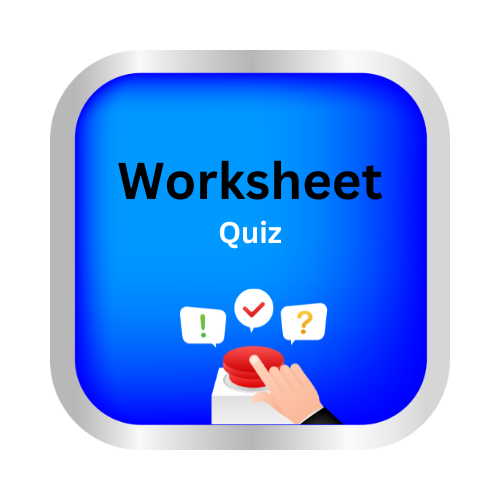Formatting and capitalising titles
Key Notes :
✨ Formatting and Capitalising Titles 📚🖊️
| What is a Title? 🏷️ |
A title tells the name of a book, story, article, or any writing.
- Example: The Lion King 🦁👑
- Titles help readers know what the text is about.
| Capitalising Titles ✨ |
In English, important words in titles are capitalised.
Important words include:
- Nouns (people, places, things) 🐶🏰🍎
- Verbs (action words) 🏃♂️🎨
- Adjectives (describing words) 🌟💡
- Adverbs (words that tell how something is done) 🏃♀️💨
Do NOT capitalise small words like:
- a, an, the, in, on, at, of, for, and, but
Example:
- Harry Potter and the Philosopher’s Stone ⚡📖
- Charlotte’s Web 🕸️🐷
| Formatting Titles 🖋️ |
Books and magazines: Italicised or underlined
- Example: Matilda 📘
Short stories, poems, or songs: Quotation marks " "
- Example:
"Twinkle, Twinkle, Little Star"🌟
| Rules to Remember ✅ |
- Always capitalise the first and last word of a title ✍️
- Capitalize all important words in between ✨
- Do not capitalize small connecting words (and, of, in, the) ❌
Example:
- The Tale of Peter Rabbit 🐇🥕
"How the Grinch Stole Christmas"🎄😠
| Quick Tips 🎯 |
- Titles are special names, treat them with care! 💖
- Always check capital letters at the start of each important word ✨
- Use italics or quotation marks depending on what the title is 📚📝
Let’s practice!🖊️

